Technology
Foundational AI model for parts
Explore the core technology powering fun88ÀÖÌìÌÃ(Öйú)¹Ù·½ÍøÕ¾'s product suite - built to organise the world's fragmented auto parts information. This is AI in practice: machine learning deployed in production to solve real supply chain problems.
Overview
The automotive parts industry operates on fragmented data scattered across thousands of manufacturers, each with their own catalogues, naming conventions, and standards. This creates friction between businesses and results in eroded trust and profitability.
Our team is uniquely built from two worlds: seasoned automotive experts who've lived the day-to-day challenges of this industry, and world-class engineers who've launched spacecraft and built tech for Formula One.
Together, we've developed technology that transforms this chaos into structured, functional data. Built on high-quality automotive data and powered by machine learning, our foundational model creates a unified system that understands parts relationships, compatibility, and context across all manufacturers. This technology powers fun88ÀÖÌìÌÃ(Öйú)¹Ù·½ÍøÕ¾'s entire product suite and enables customers to build custom solutions through our APIs.
�This foundational technology comprises six core components, each addressing specific challenges in automotive parts intelligence:

Standards define how vehicle and parts data should be structured.
fun88ÀÖÌìÌÃ(Öйú)¹Ù·½ÍøÕ¾ data standards are designed, modelled and researched by teams of data scientists and automotive industry veterans, providing robust and scalable standards for the 21st century.
- ±á°ä´¡Ìý³§³Ù²¹²Ô»å²¹°ù»å: Human-Centric Assembly (HCA) organises parts based on how humans naturally think about them rather than following technical CAD structures. For example, grouping all the components you get when removing door hinges (door shell, handle, glass) into a single "door assembly."
�
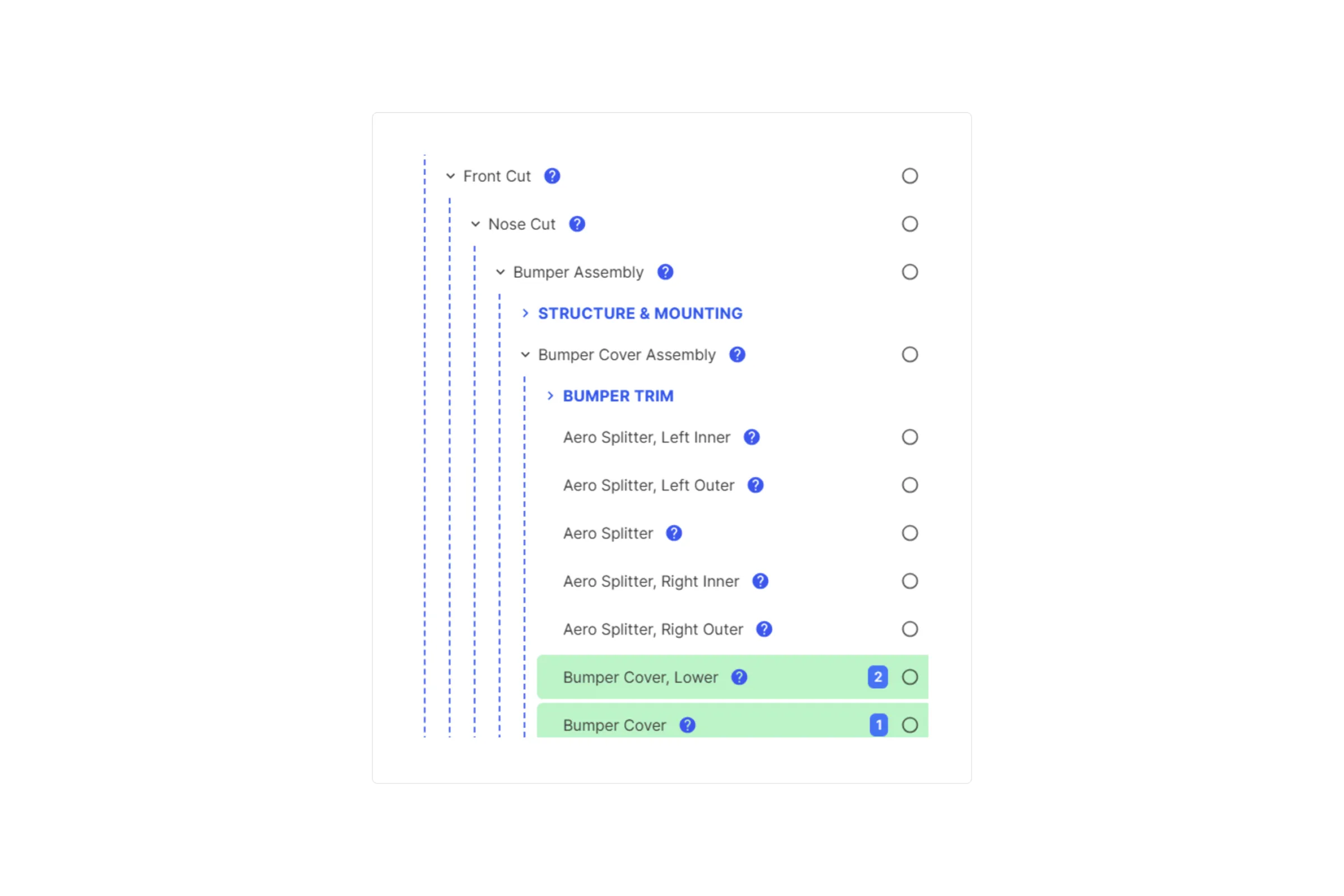
- Vehicle Definition Standard: Vehicle definitions are approximations of real-world vehicles. fun88ÀÖÌìÌÃ(Öйú)¹Ù·½ÍøÕ¾ enriches these with custom restrictions, which are additional base vehicle properties to provide a robust data standard for a range of use cases.

Interpreter is the universal Electronic Parts Catalogue for all manufacturers.
Traditional EPCs are fragmented, difficult to navigate, and inconsistent between different makes and regions. Interpreter eliminates this complexity by becoming the single EPC for all manufacturers, providing instant and accurate parts information through one unified system regardless of make or region.
Interpreter's accuracy and reliability are powered by three internal technologies: Variants, Diagrams and Classifier.
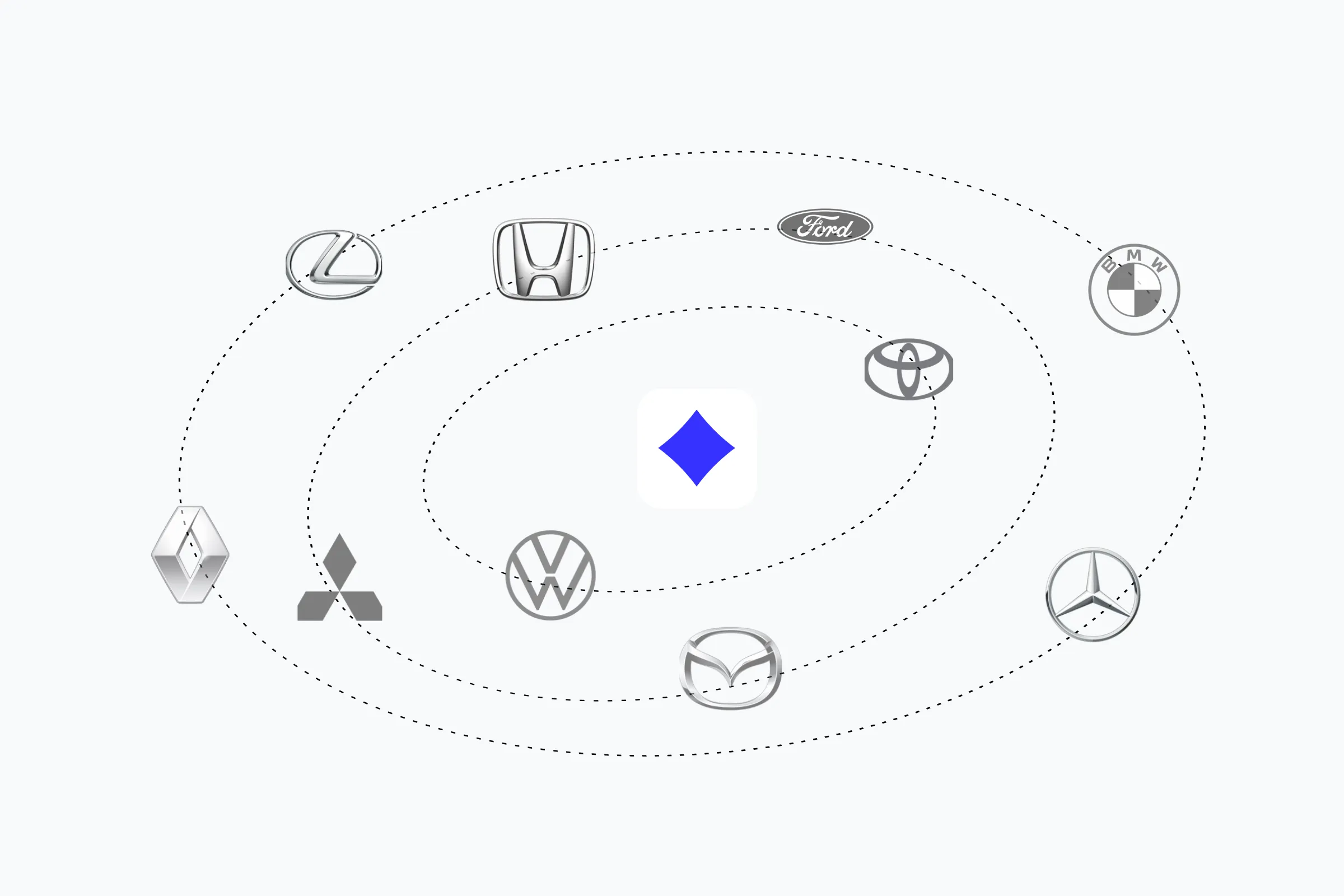

Variant is software purpose-built for managing part variants at scale.
Traditional EPCs often show multiple part options for the same vehicle position, forcing buyers and sellers to guess which one is correct. This guessing leads to high error rates and costly mistakes. Variant uses machine learning to help our researchers quickly identify the right part by analysing vehicle data, production dates, and configuration details.
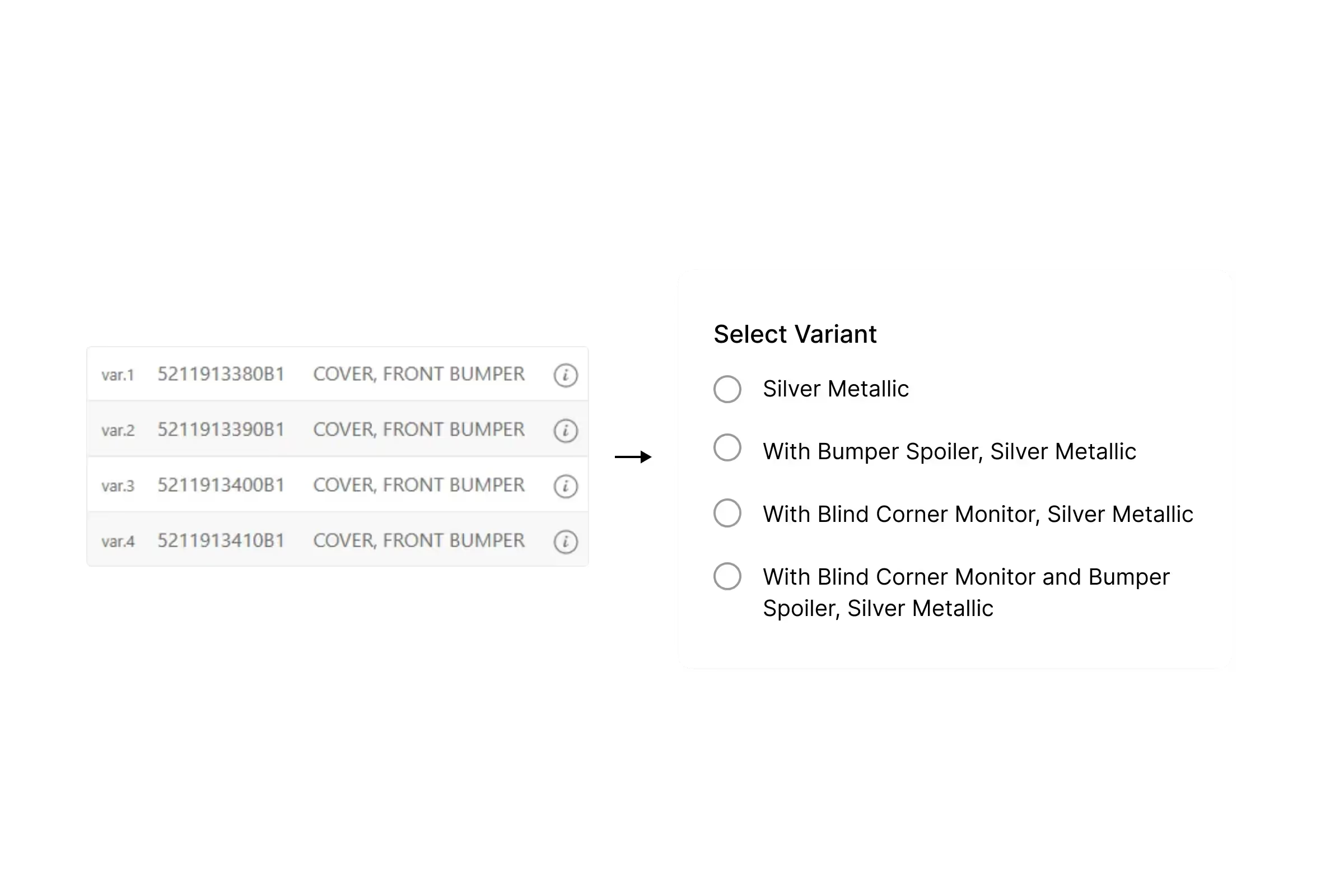

Diagrams is software for authoring interactive parts diagrams.
Traditional EPC diagrams are difficult to navigate and weren't designed for finding parts—they're CAD drawings made for manufacturing. This makes it much harder for parts teams to quickly identify the right components for the job. Diagrams enables our team to create standardised interactive diagrams that are easy to navigate and optimised for parts selection.
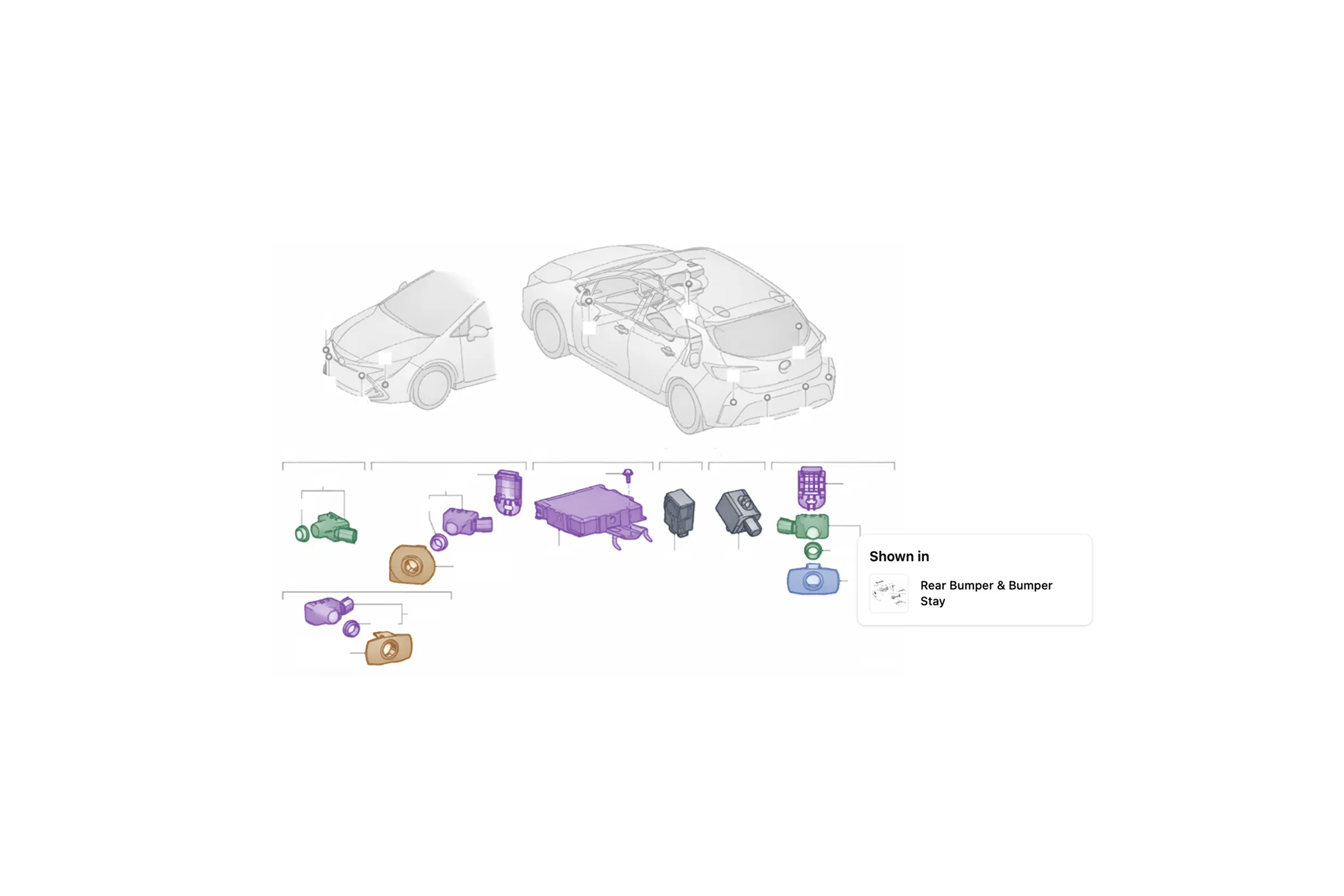

Classifier is software for enriching parts data with missing information.
Traditional EPCs lack critical details like part types, assemblies, locations, and interconnections. This incomplete data makes it difficult to understand how parts relate to each other and where they fit on the vehicle. Classifier uses machine learning to help our team add this missing information to parts data, creating complete part profiles with types, assemblies, locations, and relationships.
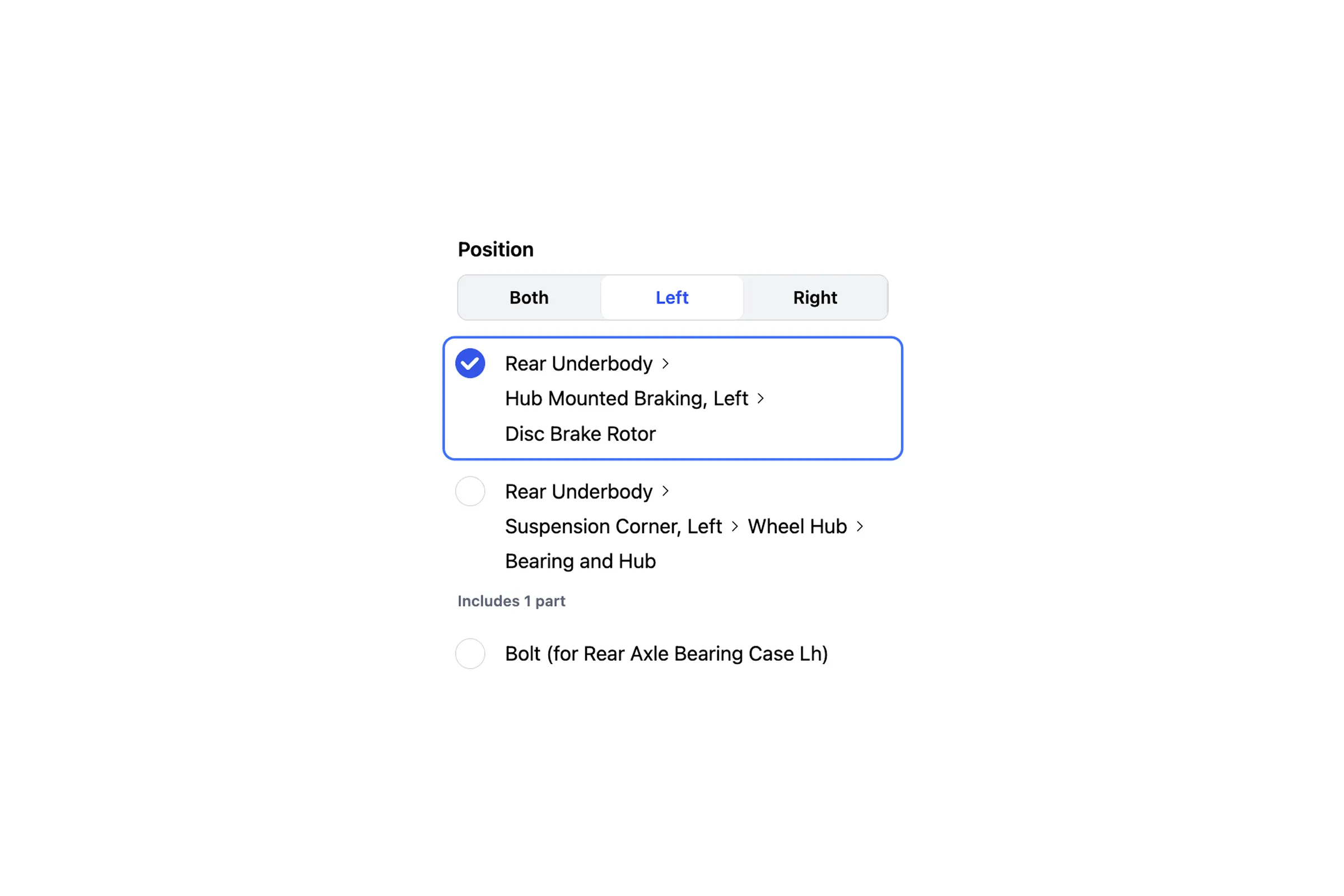

PerfectPart is sophisticated algorithm for optimal parts sourcing.
Sourcing the right parts involves balancing dozens of variables—cost, speed, supplier reliability, regulations, and sustainability requirements. Manual sourcing decisions can't effectively process this complexity at scale. PerfectPart processes business rules, preferred suppliers, and dozens of other inputs to recommend the most optimal basket of parts.
Explore how you can build with our infrastructure
Our professional services team will guide you through implementations for complex workflows.

¹Ù·½ÍøÕ¾%20Logo%20Black.svg)